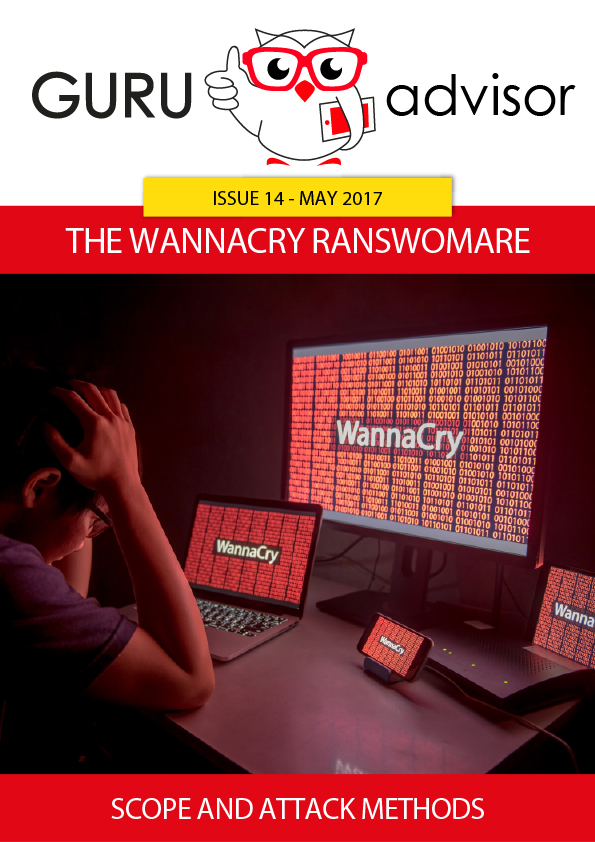The ML tower server family by HPE is composed by several models that cover many uses, starting with the small and convenient ML10v2 and arriving to the ML350, the top model which is actually sold as Gen9 and Gen10.
This review will cover the second-to-last generation, which is sold between €1800,00 (basic hardware) and €6000,00+ (double processor, disks and RAM excluded).
A server similar to the one we’re about to describe, which has a single Xeon E5-2620v4 processor, 32GB of memory, 2 146GB SAS disks and P440ar controller and double power supply, is sold for circa €2500,00.
Note how the great modularity of this server allows to apply several upgrade kits, for instance in the front sections up to 48 2.5” or 16 3.5” disks can be added with their cages and cooling fans.
The two last generations of HPE products have gained an extetic revision with a black main colour and a “matrix-like” pattern on the front panel with the new green HPE logo. The front panel has a locking system to protect the access to disks bays and power-on/reset buttons, but be careful about opening it only after installing the supplied stands, in order not to force the joint. The DVD reader is installed vertically: use it to install the OS, hypervisor, service packs, etc.. .
Despite being in the tower format, sizes refer to rack standard with a total 4U size: its depth must be taken into account when positioning it in a place without a dedicated room or rack. The advantage is, on the other hand, that working inside the case is comfortable and adding components, wiring cables and ordinary maintenance operations are performed easily.
Once placed in production, its low noise is highly appreciated (after the boot phase); it can grow as the load, number of disks or processors increases, but it never gets annoying.
Connections and expansions
As mentioned before, expansion capabilities are noteworthy in terms of storage and computing power. The double processor configuration allows the installation of 24 RAM modules (12 per processor, 4 channels each) and up to 1.5TB for LRDIMM memories or 768GB for RDIMM memories. These values increases with Xeon v4 processors, which support of to 3TB with LRDIMM memories.
Inside we can find many additional connections, including nine PCI-express slots (8x and 16x, Gen3 and Gen2), two SAS slots on Flexible Smart Array controller and several SATA ports according to the model. Add to that an hidden microSD cards slot behind the SAS connectors (and unreachable without removing fans), a 3.0 and a 2.0 USB ports.
The unit we tried has a P440ar SAS controller that can control up to 8 disks, 4 per channel, and a battery unit for the protection of writing data. The server is equipped with additional slots for additional batteries.
The back panel hosts the basic external connections, two hot-swap power supplies and nine grids corresponding to internal PCI-e slots. The central part includes four Gigabit ethernet ports, a VGA port, a serial port and four USB port (2 3.0). An RJ45 port is dedicated to the iLO management interface, in this case version 4.
On-the-field test
The ML350 G9 is certified for the use on Windows Server, Canonical Ubuntu, RHEL, SLES, VMware, Citrix and ClearOS environments, which is to say, the main server platforms.
In our case we installed ESXi 6.5 on a microSD card and used the two internal disks as storage. The RAID configuration is quick and easy thanks to the graphical interface which is accessed during startup, and allows to select disks, create volumes, enable caching and check their health state.
This server can satisfy the needs of most use cases, from small-business environments to big realities where the outstanding capability of scaling satisfies the needs of computing resources and reliability.


























